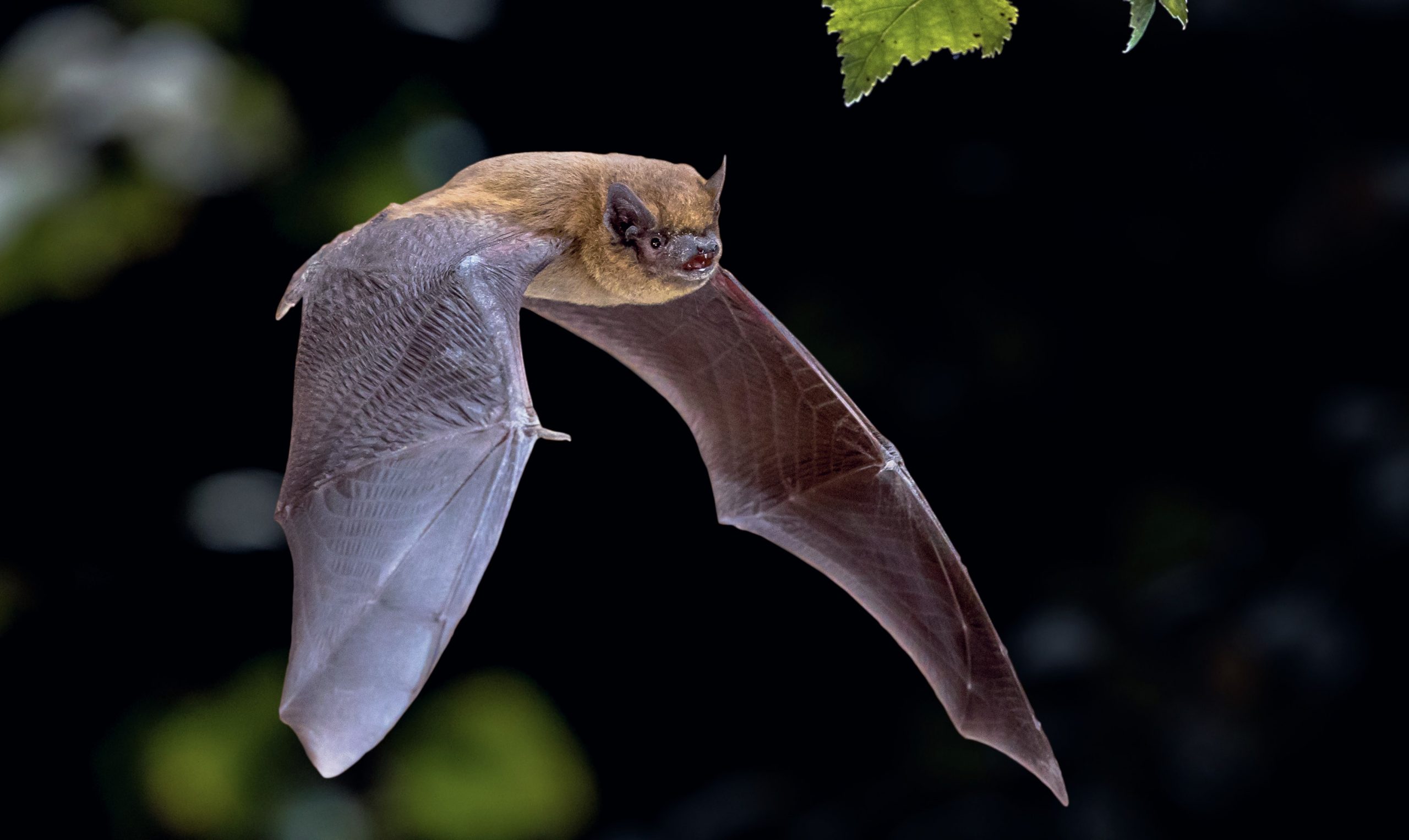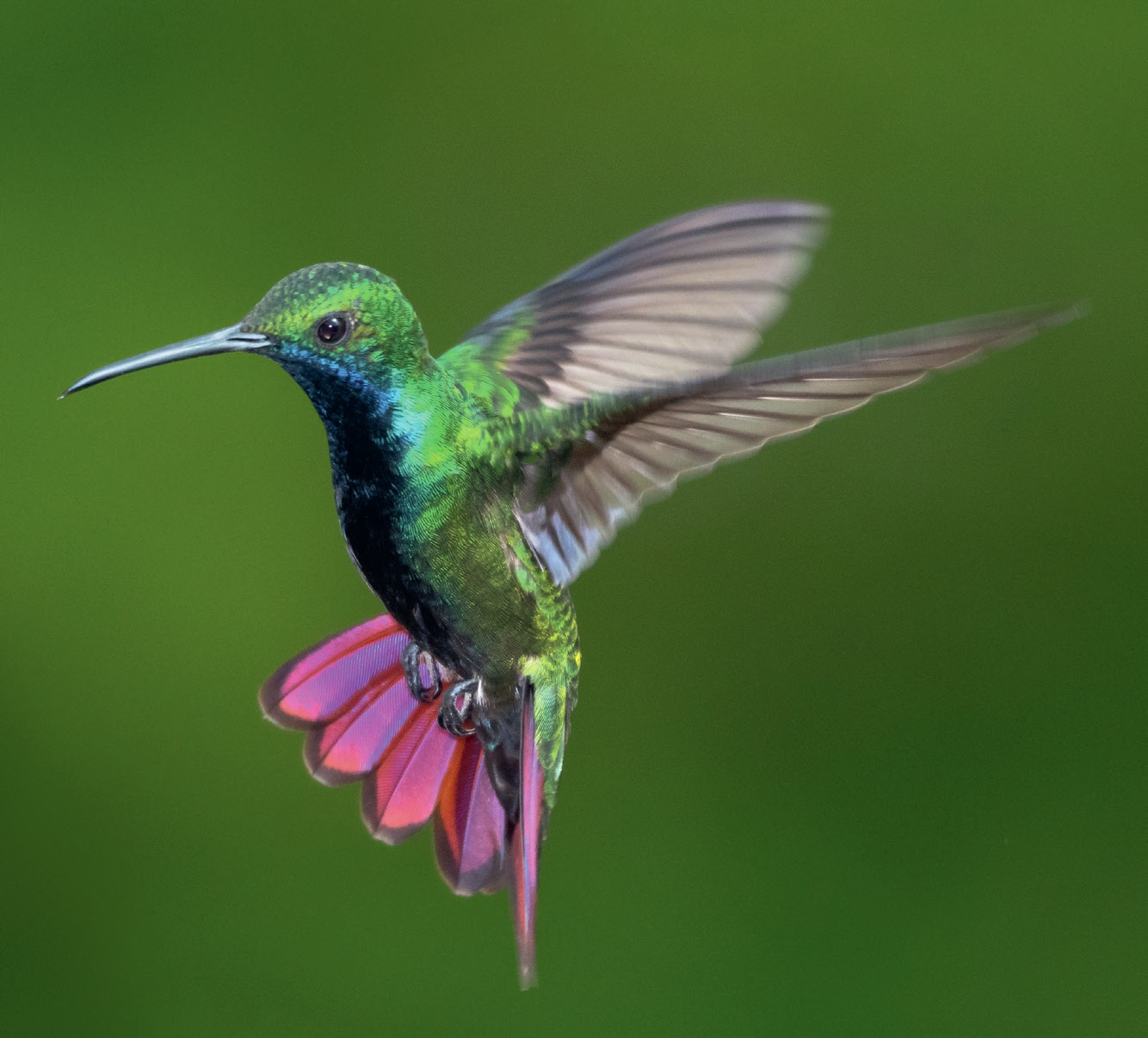LANDMARKS IN CRITICISM
Ecocriticism
In this, the first of a new series on schools of literary criticism and applying critical perspectives, Pete Bunten delves into ecocriticism

Ecocriticism involves exploring the ways in which the complex relationship between humans and the environment is represented in literature. It could be argued that the present fragility of the world’s ecosystem makes ecocriticism one of the most — if not the most — significant ways of looking at imaginative literature. Marxist and feminist readings of texts consider the power structures that exist within human relationships, but if the world as we know it ceases to exist then those power struggles themselves become irrelevant.
Nevertheless, ecocriticism often draws on and connects with feminist and Marxist readings and engages with other critical perspectives, such as postcolonialism and historicism. There is, in fact, no aspect of represented human existence that cannot be productively viewed through the lens of an ecocritical reading, even if our relationship with what is often referred to as the ‘natural’ world remains its most significant focus.
Humans and animals
Ecocriticism may also concern itself with the ways in which the relationships between humans and animals are represented in texts: the degree to which those relationships are portrayed as being abusive and manipulative, and even the degree to which it is possible (in any meaningful way) to convey animal experience through language. The philosopher Thomas Nagel famously posed the question, ‘What is it like to be a bat?’ (Nagel 1974), and other writers, such as Frans de Waal (2016) and John Berger (1980), have considered the wider question of the complex roles that animals play in our culture.
Literature and the environment
‘Culture’ in fact has often been considered as something exclusively and definitively human, but if the term is used to refer to a whole way of life then it would be hard to deny animals’ right to the possession of a culture. Ecocriticism is a means of interrogating the human tendency (as represented in literary texts) to subordinate the needs of other living things and treat them as objects to be subjected to a purely utilitarian way of thinking.
When considering the part that literature plays in the fight against environmental destruction, it has been argued that imaginative literature has inadequately responded to ecological concerns. Certainly, much ecological writing of the last 100 years has been non-literary. Writers such as Rachel Carson (Silent Spring, 1962) drew attention to the ways in which human activity was desecrating the environment, and more recently Barry Lopez (Of Wolves and Men, 1978) and others have considered the often destructive nature of the interaction between humans and the natural world.
Richard Kerridge has argued that ‘in literary fiction environmental preoccupations have not yet made a very noticeable appearance’ (‘Ecothrillers: Environmental Cliffhangers’, in Coupe 2000), and offers a possible reason: the imaginative timescale needed to adequately respond to these matters tends to be beyond the scope of a narrative form more usually focused on individual experience during a relatively short period of time. However, the recent emergence of writers such as Delia Owens (Where the Crawdads Sing, 2018) and Richard Powers (Bewilderment, 2021) suggests that things may be about to significantly change.
Certainly, several modern poets have demonstrated a consistent and penetrating environmental sensitivity: Kathleen Jamie (e.g. The Tree House, 2004) and Alice Oswald (e.g. Dart, 2002), for instance, demonstrate a striking ability to create narratives that connect individual human experience to the wider natural landscape.
It is also clearly the case that the literature of the past, even if largely concerned with the ways that humans operate within a social and economic context, is often open to an ecocritical reading. Dickens’s Bleak House (1853), Hardy’s Tess of the D’Urbervilles (1891), Conrad’s Heart of Darkness (1902) and Steinbeck’s The Grapes of Wrath (1939) are only four examples of narratives that can be productively explored through an appreciation of the complex relationship between humanity and the natural world. Jonathan Bate (e.g. The Song of the Earth, 2000) has offered extensive ecocritical readings of the Romantic poets.
Different perspectives
All this is not to say that ecocriticism always speaks with one voice or is not open to critical debate and challenge. ‘Environmentalism’ itself is still relatively young as a belief system, and already distinctly different positions have emerged within the wider political movement. This inevitably spawns different ecocritical perspectives or emphases. The term ‘pastoral’, often associated with ecocriticism, has a much longer critical history, but it is also open to radically different readings. It has been argued, for instance, that past pastoral visions of the countryside have essentially been self-indulgent and excessively idealised representations of a landscape that ignored the economic realities suffered by those who worked on the land.
Lest ecocriticism and its associated literary readings come to seem remorselessly negative and pessimistic, it should also be emphasised that an ecocritical reading of a text can also draw attention to positive interactions between humans and their environment. Hardy’s Far from the Madding Crowd (1873) has its fair share of suffering at the hands of what may seem an unforgiving world, but also celebrates examples of a more harmonious relationship of country people and the land on which they work. In Graham Swift’s Waterland (1983), the East Anglian Fens can seem bleak and hostile, but they also symbolically represent some of the more admirable and enduring qualities of the people who live there.
Ecocriticism, then, can open up the ways in which a text responds to the complex relationship between humans and the ‘natural’ world, but this complexity is mirrored by the complex and subtle ways in which ecocriticism operates.
Example response
What follows is an example of an ecocritical reading of a text, a student’s response to D. H. Lawrence’s ‘Humming-Bird’.
Humming-Bird
I can imagine, in some otherworld
Primeval-dumb, far back
In that most awful stillness, that only gasped and hummed,
Humming-birds raced down the avenues.
Before anything had a soul,
While life was a heave of Matter, half inanimate,
This little bit chipped off in brilliance
And went whizzing through the slow, vast, succulent stems.
I believe there were no flowers then,
In the world where the humming-bird flashed ahead of creation.
I believe he pierced the slow vegetable veins with his long beak.
Probably he was big
As mosses, and little lizards, they say, were once big.
Probably he was a jabbing, terrifying monster.
We look at him through the wrong end of the long telescope of Time,
Luckily for us.

Student’s response
Lawrence’s poem ‘Humming-Bird’ explores the complexity of the writer’s attempt to come to terms with the unique qualities of the bird. This attempt is not only complex, but seems at times doomed to failure. Lawrence struggles to pin down exactly what it is that the bird represents. Perhaps this apparent failure itself challenges the conventional belief in humanity’s superiority to the natural world.
Lawrence’s vision is further complicated by being placed within a broad timescale. We are thrust into a distanced world, ‘far back’ in time, but also strangely bestial; the stillness ‘gasped and hummed’. It is ‘awful’; ironically, even an implied connection between their world and ours (the humming-birds ‘raced down the avenues’) is somehow unsettling. In this first verse, a sense of separation is immediately evident: it is an ‘otherworld’ even if the poet can to a degree ‘imagine’ it.
The second verse opens with a suggestion that this primeval world is inferior to our own: ‘before anything had a soul’, a soul presumably being a mark of distinction between human and beast. Life itself, the reader is told, at that time was only ‘half inanimate’. However, they are not allowed to simply rest on this negative impression; the words ‘brilliance’ and ‘whizzing’ imply something far more positive.
The structure of the poem now changes from quatrains to tercets, creating a change of pace and urgency; we refocus on the poet’s perspective (the repeated ‘I believe’), and the humming-bird is now seen as somehow escaping the constraints of time, flashing ‘ahead of creation’. The difficulty of arriving at a clear, confident appraisal of the shape-shifting bird is emphasised in the next verse: ‘Probably he was big […] a jabbing, terrifying monster’. Humming-birds are tiny creatures, easily seen as inferior to humans, but that relationship now seems to have been upended.
The final couplet stresses both our limited understanding — ‘we look at him through the wrong end of the long telescope of Time’ — and our ironic subordination and littleness — ‘Luckily for us’ — aterse and dry conclusion.
Lawrence seems to have arrived at a double sense of his own smallness, both physical (the repeated word ‘big’ relates to the bird) and imaginatively flawed in his doomed effort to fully comprehend the true essence, the true being of a bird which, in any case, is represented as having existed as a species far longer than we have or are likely to.
Commentary
This is a very good response to what was an ‘unseen’ poem. The student provides a thorough and penetrating analysis of the ways that ideas are represented in the poem and also offers a consistent and illuminating ecocritical reading (Assessment Objective 5 [AO5]).
There is a clear and sustained focus on the structure of the poem and the significance of that structure. The student tracks the development of Lawrence’s ideas and his developing appreciation of the unique quality of the humming-bird. There is regular close attention paid to aspects of language through effective close textual reference and an understanding of the ways that meanings are being shaped (AO2). The complex relationship between the bird and the poet is kept in steady focus and used to invite different possible readings of the poem (AO5). References to time and space demonstrate an understanding of the significance of relevant contexts (AO3).
There is a clear grasp here of what an ecocritical reading can offer in terms of literary criticism. A response produced under different circumstances (e.g. non-exam assessment work) might also include reference to specific ecocritical texts or critics. Box 1 suggests some questions to help you approach ecocritical readings of whole texts.
Box 1 Questions for ecocritical readings
■ What is the narrative significance of the natural world in the text that you are studying?
■ Is the natural world presented as offering enduring values or as being fragile and imperilled?
■ To what extent does the author represent the relationship between the human characters and their environment as a significant factor in their lives and/or as impacting on the environment itself?
■ How broad a vision is offered in the text: is the natural world represented as narrow and localised or as broad and global?
RESOURCES
Bate, J. (2000) The Song of the Earth, Picador.
Berger, J. (1980) ‘Why Look at Animals?’, in About Looking, Bloomsbury.
Clark, T. (2011) The Cambridge Introduction to Literature and the Environment, Cambridge University Press.
Coupe, L. (2000) The Green Studies Reader: from Romanticism to Ecocriticism, Routledge.
de Waal, F. (2016) Are We Smart Enough to Know How Smart Animals Are?, Granta.
Foster, C. (2016) Being a Beast, Profile Books.
Fudge, E. (2012) Animal, Reaktion Books.
Garrard, G. (2004) Ecocriticism, Routledge.
Gifford, T. (1999) Pastoral, Routledge.
Jamie, K. (2002) The Tree House, Picador.
Nagel, T. (1974) ‘What is it like to be a bat?’, in The Philosophical Review, Vol. 83, No. 4, Duke University Press: https://www.jstor.org/stable/2183914
Oswald, A. (2002) Dart, Faber.
Swift. G. (1983) Waterland, Picador.





